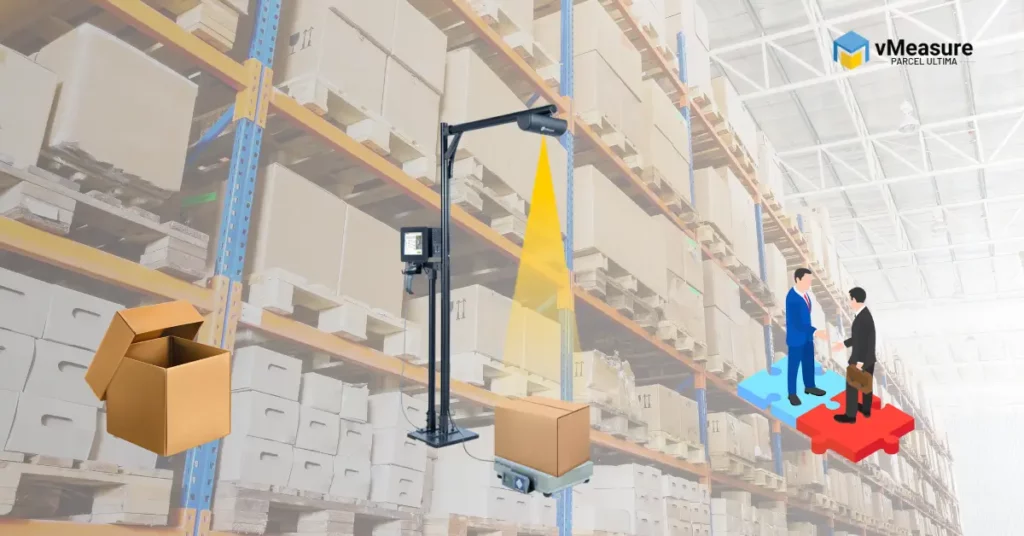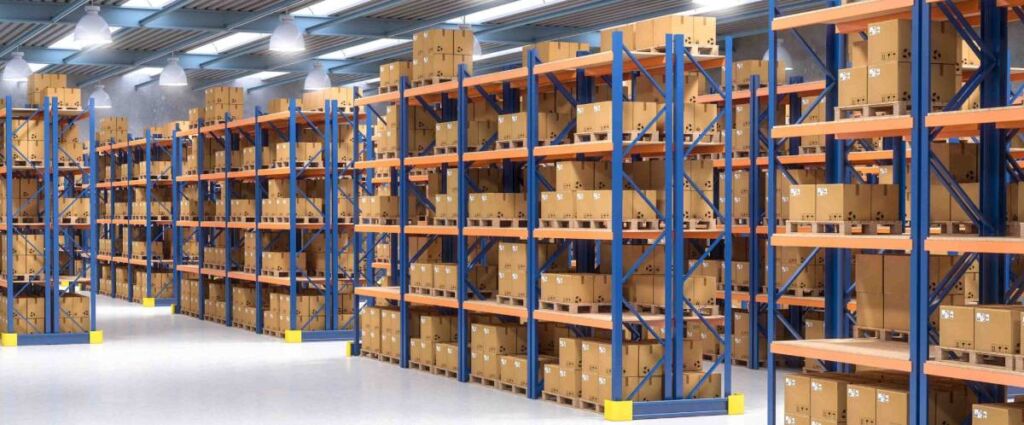Introduction
Have you ever seen a pallet of goods toppled over on the highway? Or a forklift operator struggling to pick up a pallet that’s packed too high? Poorly packed pallets are more challenging to load and unload. In logistics and shipping, pallet packing is an essential skill that can make or break operations. Inefficient packing leads to underutilized cargo spaces, reduced warehouse storage capacity, additional labor for restacking or securing loads, and increased risk of damage during transit. Damaged goods due to inefficient packing can lead to dissatisfied customers.
Packing your pallet optimally is crucial to avoid any disruption upon arrival. If you are one of the organizations that is facing challenges due to poor packing. Take a look, at our comprehensive guide, where we have broken down the ways to optimal pallet packing techniques.
Select The Perfect Pallet
Choosing the perfect pallet plays a pivotal role in pallet packing. Pallets serve as the foundation for efficient storage, handling, and transportation. Pallets are of different sizes, materials, and sturdiness. Choose a pallet based on your industry requirement and weight capacity. A less sturdy pallet can topple the goods. Pay attention to the “NOs” in choosing a pallet to ensure safety during handling and transporting goods.
- Using an old, damaged pallet can lead to accidents and product damage.
- Inconsistent pallet sizes can lead to inefficient use of storage and transportation space.
- Choose pallets that align with your sustainability goals.
- Avoid pallets that are not compatible with the handling equipment like forklifts or pallet jacks.
- Selecting the right pallets that align with your specific needs and industry standards will contribute to the safety of your goods transportation and storage.
Proper Weight Distribution
When packing a pallet always place the heavy and sturdy boxes at the bottom layer to distribute weight evenly across the pallet. Continue to stack the boxes to make sure they are aligned neatly. This avoids crushing and damaging the smaller ones. Focus on both even and uneven-sized boxes. For uneven-sized boxes, fill gaps between irregularly shaped boxes with smaller ones to guarantee a stable base.
Pack Tactically
Plan your layout by assessing the items you need to pack. Consider the weight, size, and fragility of each item. Choose the right stacking method to increase stability and space optimization.
Brick Stacking or Interlock Stacking for even-sized boxes
- Start with the first layer of boxes, placing them side by side like bricks.
- In the second layer, stagger the boxes so that they interlock with the boxes in the first layer.
- Repeat this pattern for subsequent layers.
Layered Stacking for uneven-sized boxes
- Start with a layer of larger, sturdier boxes on the pallet.
- Add a layer of medium-sized boxes on top, ensuring they are placed securely.
- Fill gaps with smaller boxes or use filler material like bubble wrap, foam, air pillows, and packing peanuts.
- Repeat this layering process until the pallet is fully packed.
When stacking the boxes, avoid pyramid stacking or stacking boxes high as this can make the pallet unbalanced and tip over during handling and transportation.
To further optimize your pallet packing and stability consider rotating boxes within a layer or alternating box directions between layers. Rotating the boxes 180 degrees works well for even-sized boxes.
Safeguard The Package
Use dividers and interlayers like empty cardboard sheets, slip sheets, or rigid sheets between the stack to stabilize the package and reduce damage. This creates distinct compartments within the pallet, ensuring that items remain secure, especially when you’re dealing with fragile or irregularly shaped items. Additionally, use cardboard corner beads or edge protectors to protect the pelletized items from damage due to strapping or stacking. They work well when you are dealing with fragile goods that require added protection during transportation and storage.
Avoid Package Overhang
Overhanging items create uneven weight distribution on the pallet during handling. This can lead to instability, damage, and safety hazards. Choose a pallet size that matches the dimensions of your goods. The pallet should comfortably accommodate all items without any overhang. Overhanging can cause pallet dimensioners to record a larger dimension and waste valuable storage and transportation space.
Tie Boxes Tight
Secure your pallet tight using the strap and shrink wrap. This validates the safety of the product during transportation and storage.
- Choose a reliable strap based on the products. You can use nylon straps for medium to heavy loads and metal straps for heavy loads that require exceptional strength.
- It is advisable to use shrink wraps to secure the load. Shrink wraps are available in various thicknesses and widths. Select the appropriate shrink wrap based on your load and storage requirements.
Label Right
Be sure to label your pallet with clear details like sender and recipient information, handling information, and product details to make handling, storage, and transportation easy. Many trucking companies suggest placing the label on the box and not on the plastic wrap to prevent damage. Additionally, verify to remove any old existing labels that can incur wrong information during scanning. Keep track of the labels used in each pallet to aid accountability.
Test and Inspect
Before shipping or storing the pallet, do a final round of inspection to ensure boxes are secure, and the load is stable. Perform a,
Shake Test – Give the pallet a gentle shake to check for any movement or shifting of the package.
Visual Balance – Reinforce the load is evenly distributed across the pallet, without any noticeable tilting or leaning to one side. Run regular inspections to discover potential issues that could drive damage, instability, or safety hazards.
Efficient pallet packing is an art that not only safeguards your goods but optimizes storage space and reduces shipping costs, and shipping delays. Whether you’re dealing with even-sized or uneven-sized boxes, proper pallet packing will save you time, and money, and ensure your cargo arrives safely at its destination. Hope with these techniques in mind, you will be well-equipped to pack your pallets efficiently and effectively.
Now that you know how to pack a pallet like a pro, it’s time to check our automatic dimensioner which can seamlessly dimension parcels in less than 1 second.




